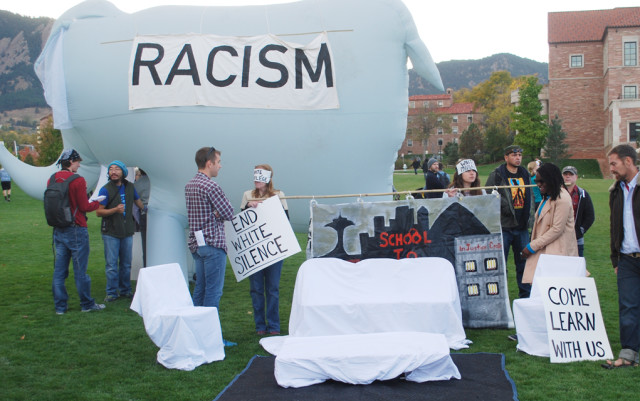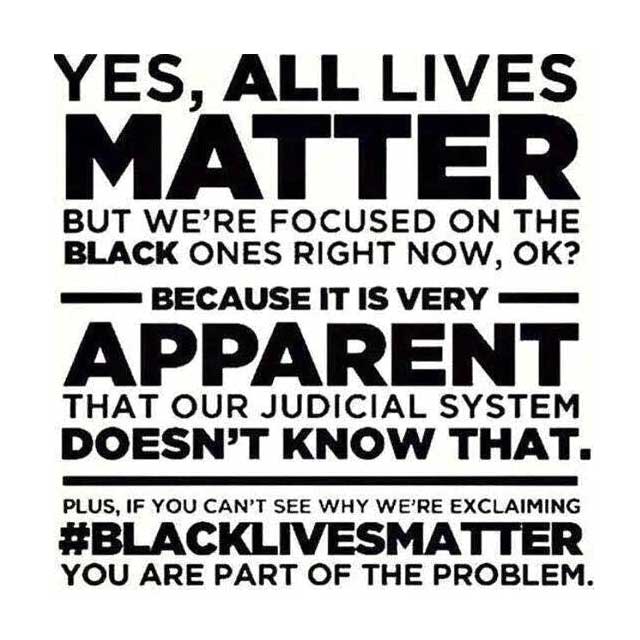
In a time when police departments around the country are being criticized for racial bias, a report by USA Today in Nov. 2014 revealed African-Americans in Boulder are arrested at a rate 4.8 times than whites. With an African-American population of less than 1 percent, this shocking statistic placed Boulder second in Colorado for its disparate ratio of black arrests and with a larger racial policing disparity than Ferguson, Missouri.
In a city known for its progressive liberalism, this seemed outrageous.
“We were very concerned about this, as was our community,” said City Manager Jane Brautigam at a City Council study session on Tuesday, Feb. 24. “Our great staff at the Police Department started looking at those statistics and felt like they were overstated. And yet we wanted to have some confirmation one way or the other from an outside source whether or not they were accurate.”
So the Boulder City Council hired the national police consulting firm Hillard Heintze to review and analyze the Boulder Police Department (BPD) data and prepare a report, which City Council reviewed at the study session Tuesday. The results were similar but the outrage was missing.
Accounting for some discrepancies in reporting, the consultants determined that blacks in Boulder were arrested at a rate 4.7 times higher than whites between 2011 and 2015. Additionally, they found that blacks were twice as likely to be cited for a traffic violation or misdemeanor and consistently received 2 percent of citations. Although Hispanics received between 9 and 10 percent of citations over the same time period, the consultants told City Council that is proportionate to their population whereas the percentage for blacks is disproportionate. And this data probably doesn’t fully represent police bias because the BPD does not collect racial information for stops that don’t result in a citation, which happens roughly 30 percent of the time.
Even more troublesome is the data collected from field interview cards the BPD uses to record interactions with people suspected of suspicious behavior but not arrested or cited. The report states that up to 5.1 percent of all subjects recorded on the voluntary field interview cards are black. “This imbalance is particularly troublesome given that officers are not required to complete these cards,” the report states. “It is possible that the overrepresentation of African Americans in the data pool is because officers are more likely to prepare a Field Interview Card for a black person than for a non-black individual.”
Yet even more troublesome is that these field interview cards recording suspicious people are used by the BPD to follow up on cases and investigations, meaning their names could emerge quickly as potential suspects.
The consultants of Hillard Heintze advise the BPD to start recording data from all stops, not just ones that end in citations, and either fill out field interview cards for contact with all people or abandon the use of the cards completely.
In response to the report, Boulder City Council members, along with the consultants from Hillard Heintze thanked and commended the BPD for their cooperation in looking at the data, not being defensive about the results and being willing to implement the report’s recommendations. One of the consultants also praised the City Council for “productively reaching out and doing something about this.”

However, no one seemed to ask why the BPD has such high racial bias statistics, who’s responsible for biased policing and what’s going to be done about it.
The only comment came as a sidenote between other comments by Mayor Suzanne Jones.
“There is the issue of your finding that it would appear you’re twice as likely if you’re black to be cited. That’s obviously concerning and worth looking into and doing better data gathering and monitoring,” she said at the meeting. “Maybe that’s obvious so I’m just going to say that — that is a concerning stat.”
Council member Matt Appelbaum pointed out early on in the meeting that age is not a factor in the data presented by the report, and could possibly account for the disparate statistics given that almost 700 of the 1,000 blacks in Boulder attend CU, and young people are more likely to be given traffic citations or charged with misdemeanors.
“Way over 50 percent of the blacks in Boulder are students at CU,” he said. “If we correct for age, do we get a different result here? Because I suspect 20-year-old people are stopped more frequently than 50-year-old people. So if you are disproportionately younger, and in this case very disproportionately younger, you might just get stopped because you are younger. Now I’m not trying to excuse anything… that just stood out to me.”
The consultants confirmed that they didn’t include age in their analysis but the BPD citation data they used does record it and could be used to help determine why blacks are “overrepresented in this pool of citations.”
Around the country police chiefs and mayors are resigning over biased policing and the Black Lives Matter movement, in reaction to disparate treatment by police officers, is a dominant voice in American politics during this election cycle. And yet in Boulder, a supposed bastion of liberalism, the police department is being congratulated simply for cooperating and considering recommendations to improve their practices, as opposed to being reprimanded for what they have already done.
Where is the outrage?














